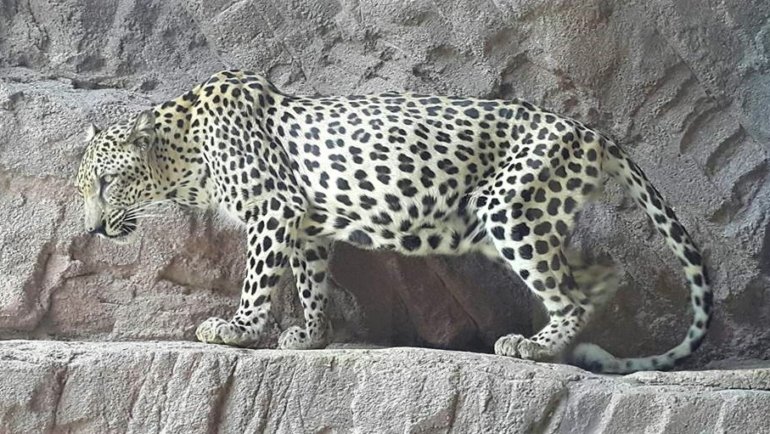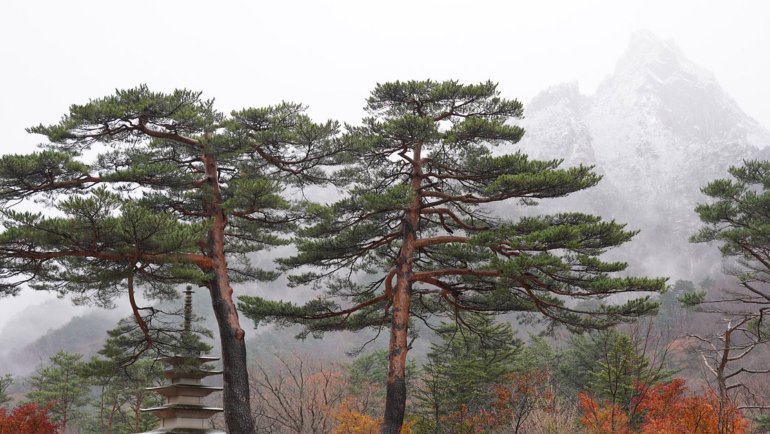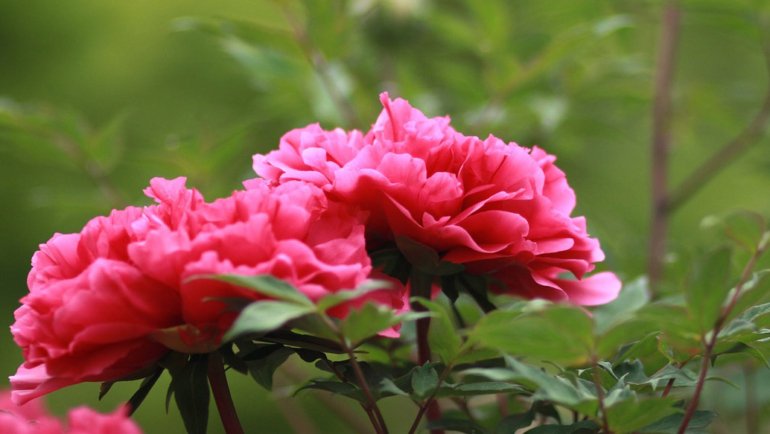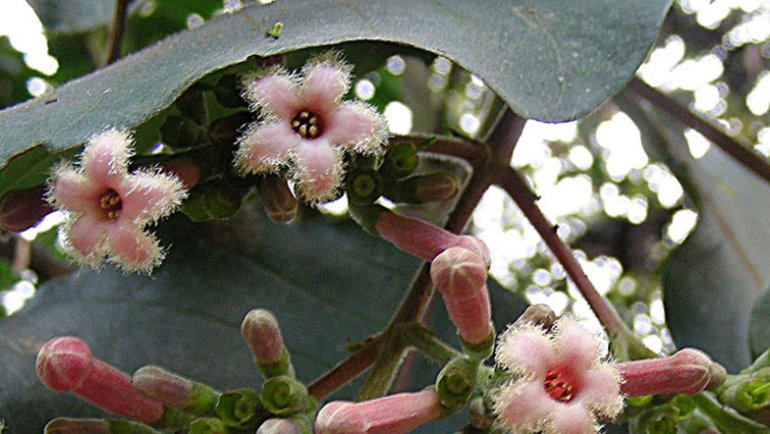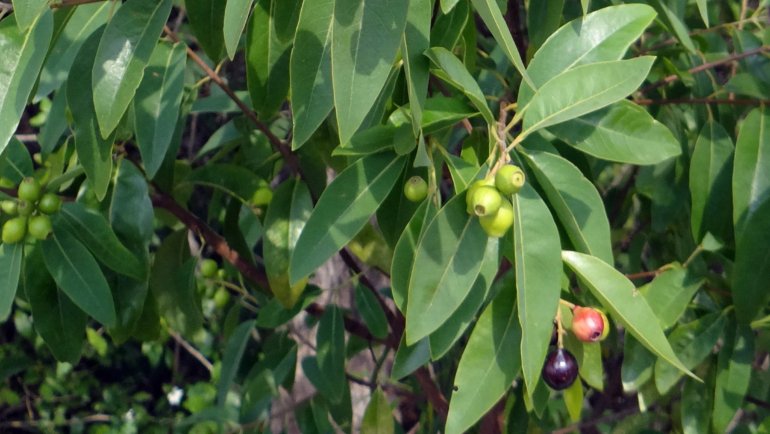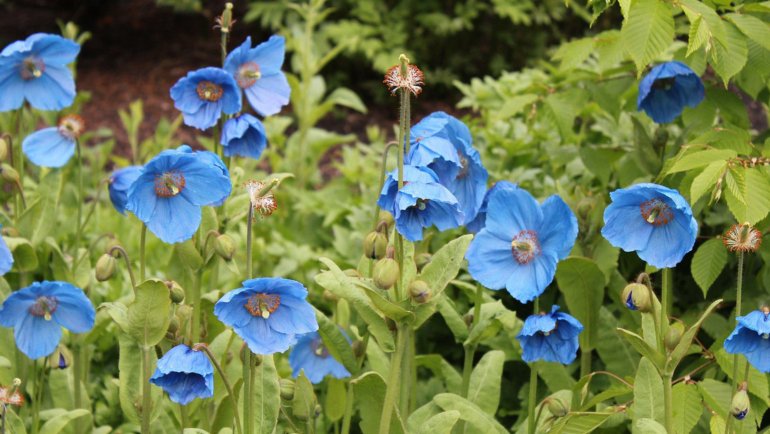Welcome to Greenland, the world’s largest island that isn’t a continent, where nature presents herself in her most dramatic and impressive attire.
The land, primarily covered by an ice cap, hosts a resilient flower known for its resistance to the cold and its fiery beauty – the Dwarf Fireweed (Chamerion latifolium), the national flower of Greenland.
As you delve into this article, you’ll discover how this seemingly delicate plant survives and flourishes in a seemingly inhospitable climate.
Description of The Dwarf Fireweed
The Dwarf Fireweed, scientifically named Chamerion latifolia, is a member of the Onagraceae family. Standing tall among the icy landscapes, this perennial plant can grow anywhere between 10 cm to 60 cm in height. Its robust stem is covered in alternate, narrow, and pointed leaves, which provide a delightful contrast to the frigid backdrop.
The real star of the show, however, is its captivating inflorescence. The flower, blooming from June to August, showcases a stunning array of bright magenta to pinkish-purple petals. These petals radiate out from a tube-like calyx, forming four rounded lobes.
Within this rosy ring, the flower reveals four stamens and a four-branched style, forming a white and yellow crown that further enhances its beauty. It’s not just its vibrant hue that stands out in Greenland’s tundra; the Dwarf Fireweed also presents an alluring fragrance, enticing various insects for pollination.
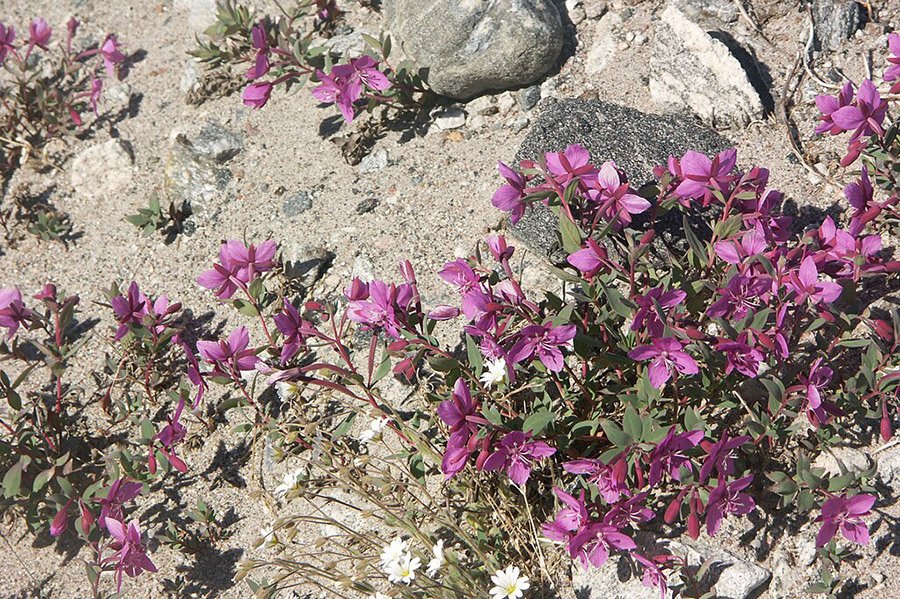
Where Does The Dwarf Fireweed Grow?
The Dwarf Fireweed is a tough survivor, growing predominantly in the Arctic and Subarctic regions of the Northern Hemisphere. In Greenland, it can be found spread across the country’s ice-free zones, thriving in the harsh tundra, rocky outcrops, and along the coastal areas.
The plant has a notable preference for well-drained soils and areas that receive ample sunlight. Being an opportunistic species, it is often found in disturbed habitats such as landslides, burns, or areas of soil erosion. Its natural habitat includes the cooler regions of North America, Northern Europe, and parts of Asia, including Siberia and China’s northern provinces.
The Dwarf Fireweed in The Ecosystem
In the severe landscapes of Greenland, the Dwarf Fireweed plays an integral role in the ecosystem. Its radiant blooms are a vital nectar source for many insects, including bees and butterflies. By attracting these pollinators, the Dwarf Fireweed assists in their survival and contributes to the biodiversity of the region.
Furthermore, its seeds serve as a food source for various bird species. Notably, the ptarmigan, a bird adapted to Arctic climates, feeds on the plant’s buds and leaves, particularly during the harsh winter months when food is scarce.
Also, the Dwarf Fireweed is a pioneering species that helps stabilize soil in disturbed areas, preventing erosion, and aiding in the recovery of damaged lands. By improving the soil quality over time, it enables other plant species to establish themselves in these areas, contributing to the progression of ecological succession.
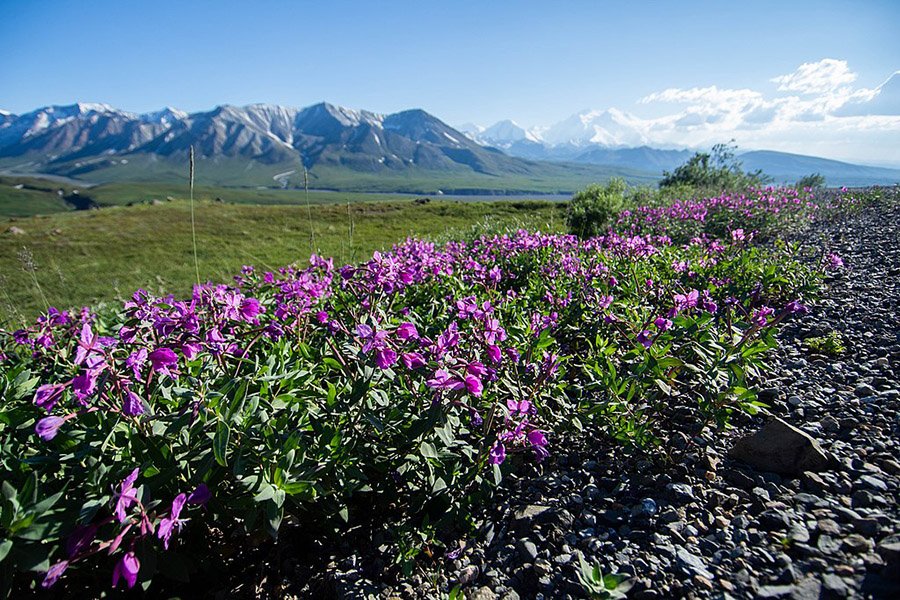
Symbolism and Meaning: Why and When Did The Dwarf Fireweed Become the National Flower of Greenland?
Dwarf Fireweed, known locally as Niviarsiaq, which translates to “little girl”, was declared the national flower of Greenland in 1996. It’s a symbol of resilience, beauty, and survival against all odds, representing the spirit of the people of Greenland. The plant’s hardy nature, flourishing amidst harsh conditions, mirrors Greenland’s own history and the resilience of its people.
The Dwarf Fireweed also has a unique place in local folklore. It’s said that two girls, one from the sea and one from the land, who couldn’t visit each other, transformed into the niviarsiaq flower so they could always be together during the brief summer. Hence, it’s a symbol of friendship and unity, too.
Names of The Dwarf Fireweed
Dwarf Fireweed is known by several names. Its scientific name is Chamerion latifolium, but it was previously classified under the Epilobium genus and hence is also known as Epilobium latifolium.
In different languages, it has different names: ‘River Beauty Willowherb’ in English; ‘Niviarsiaq’ in Greenlandic; ‘Melvei’ in Norwegian; and ‘Dvärgmjölkört’ in Swedish. In North America, the flower is also known as ‘Arctic River Beauty’. Each name reflects a different aspect of this versatile flower’s nature.
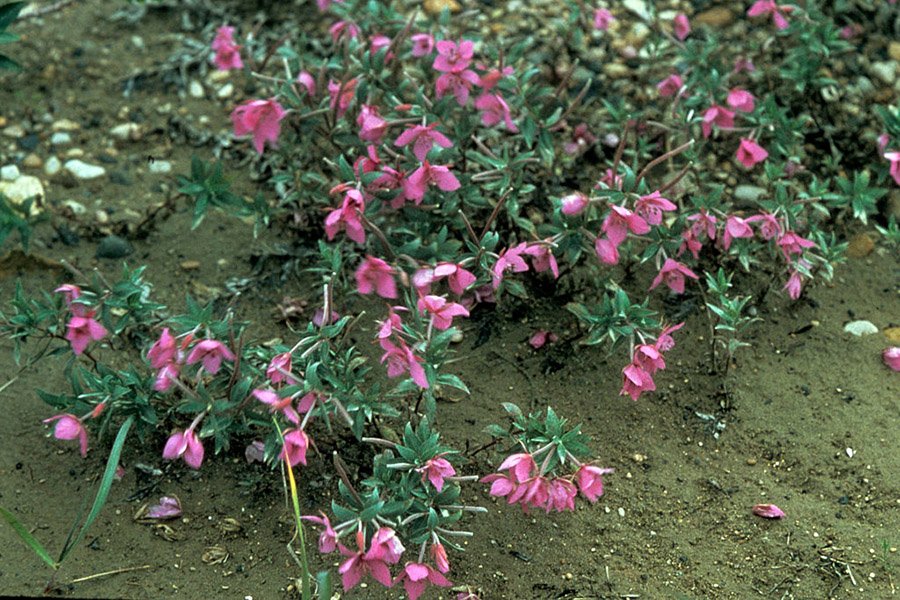
Interesting Facts About The Dwarf Fireweed
- Role in Indigenous Cultures: Indigenous communities in the regions where Dwarf Fireweed grows have used it for generations. Its leaves can be consumed raw or cooked, and its roots were traditionally used to create a black dye.
- Medicinal Uses: In traditional medicine, various parts of the plant have been used to treat ailments such as gastrointestinal disorders, inflammation, and infections.
- Food Source for Wildlife: Dwarf Fireweed’s nectar-rich flowers are a vital food source for insects, especially bees and butterflies. Additionally, its seeds are consumed by several bird species.
- Indicator of Glacial Retreat: Dwarf Fireweed is one of the first plants to colonize land exposed by a retreating glacier, acting as an ecological indicator of climate change.
- Adaptable Survivor: This flower’s seeds can remain viable for many years, aiding in its survival in harsh Arctic conditions. It’s also capable of regrowing from fragments of rhizome, demonstrating remarkable resilience.
How to Grow The Dwarf Fireweed
- Ideal Conditions: Dwarf Fireweed is a hardy perennial that prefers full sun but can tolerate partial shade. It grows best in moist, well-drained soil with a pH of 6.0 to 7.0. It’s capable of thriving in a range of soil types, including loamy, sandy, or gravelly soils.
- Planting: Dwarf Fireweed can be propagated from seed or by dividing the rhizome. If planting from seeds, it’s best to start them indoors in a cold frame in late winter or early spring. The seeds should be lightly covered with soil. When the seedlings are large enough to handle, they can be transplanted outdoors after the last frost.
- Care: Dwarf Fireweed requires minimal maintenance. It’s drought-tolerant once established, but regular watering will encourage more vigorous growth. Deadhead spent flowers to promote more blooms and prevent self-seeding if desired. Divide plants every few years to maintain vigor.
- Pests and Diseases: Dwarf Fireweed is generally pest-resistant and not prone to serious disease issues. Monitor for common garden pests like aphids and caterpillars.
Remember, the plant’s ability to spread through rhizomes and self-seed can make it invasive in some areas, so manage its growth accordingly.
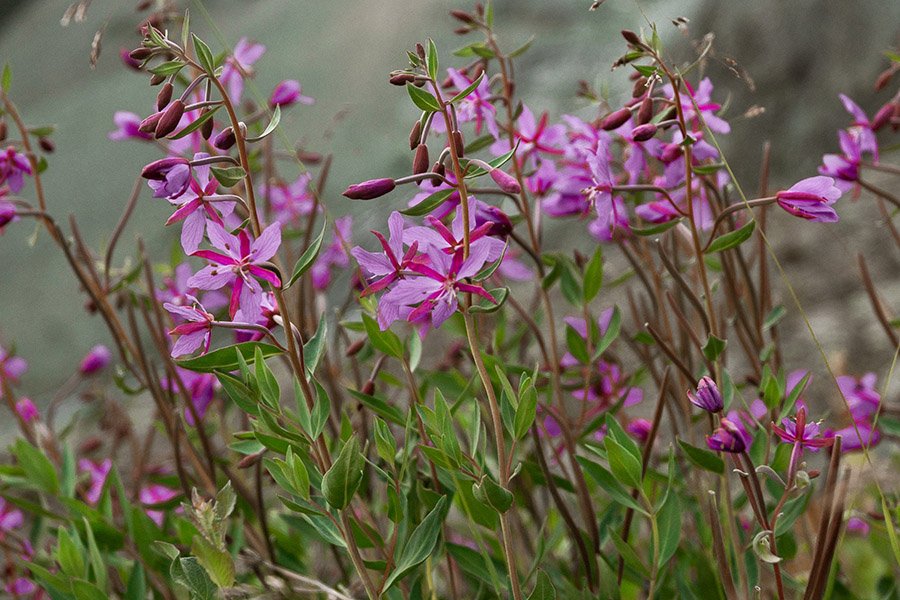 Source: Wikimedia Commons
Source: Wikimedia CommonsOther Beautiful Flowers Native To Greenland
- Arctic Poppy (Papaver radicatum): This perennial poppy is a remarkable survivor, found in the harsh conditions of the High Arctic. Its bright yellow flowers add a splash of color to the Arctic landscape and can rotate to follow the sun, maximizing their solar gain.
- Mountain Avens (Dryas octopetala): Known for its resilience, Mountain Avens is a primary species in the colonization of barren lands. The eight-petal white flowers bloom in early summer, offering a contrast to the rugged terrain.
- Purple Saxifrage (Saxifraga oppositifolia): This is one of the most widespread flowering plants in the Arctic. It forms dense, bright purple mats that bloom as soon as the snow melts, sometimes even growing through it.
- Arctic Willow (Salix arctica): Although not a flowering plant in the traditional sense, the Arctic Willow deserves a mention. This tiny shrub, often just a few centimeters tall, produces catkins that transform into fluffy, cotton-like seeds, adding a touch of magic to the Arctic summer.
- Arctic Bell-heather (Cassiope tetragona): This is a tiny evergreen shrub with beautiful white, bell-shaped flowers. It’s known for its heath-like appearance and is commonly found across the Arctic tundra.
Final Thoughts
In a land where survival is often hard-won, the Dwarf Fireweed stands out as a symbol of resilience, adaptability, and beauty. It brings warmth and vibrancy to Greenland’s icy landscapes, becoming a beacon for local fauna and a source of admiration for humans.
